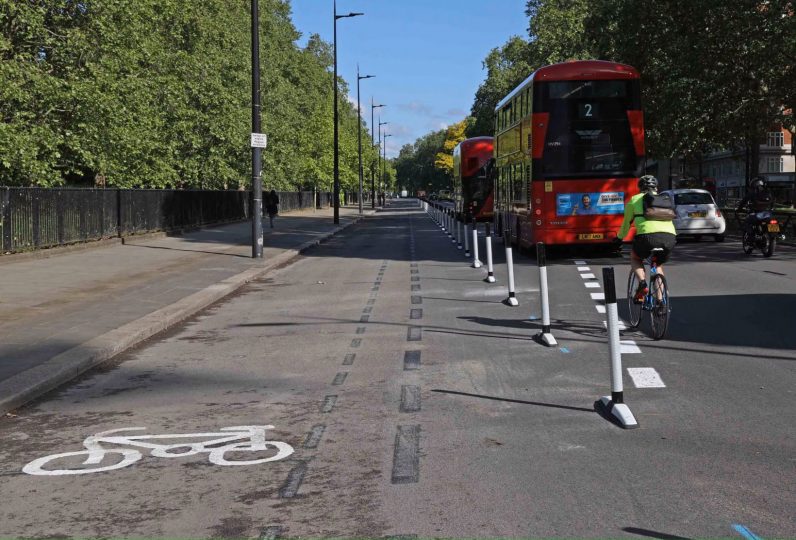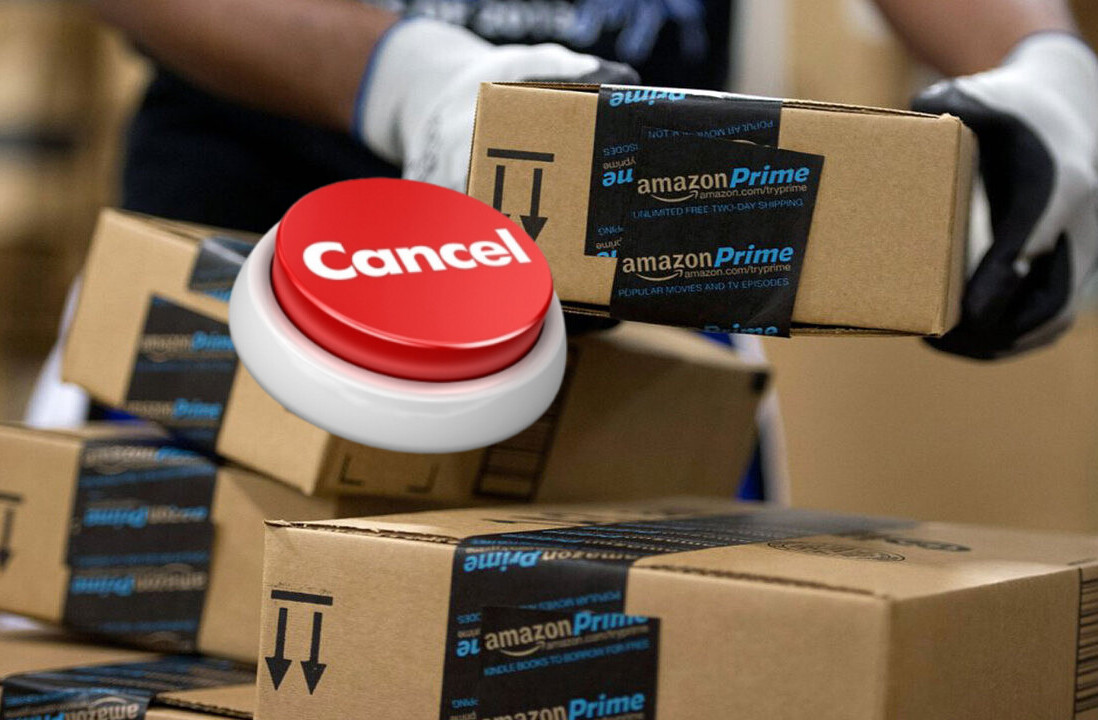
This week Amazon launched its first UK micromobility hub in Central London. A new fleet of eCargo bikes and walkers (that’s people delivering post by hand) will directly replace thousands of traditional van trips on London’s roads and reduce traffic congestion.
However, while clearing up space on the road, it’s sure to crowd the already congested sidewalks. This is a problem that is struggling to find a solution.
Curb space is hotly contested space

eCargo delivery is nothing new. Amazon has joined companies like DHL, UPS, and Hermes who are using ebikes and eCargo bikes in last-mile delivery.
However, while using eCargo delivery is commendable in reducing traffic, air pollution, and parking problems, it raises another challenge. Over the last few years, commerce has moved to the curb.
Pedestrians are competing with ride-hailing passengers, people waiting for public transport, idle and active escooters and ebikes, food delivery riders waiting for orders, ghost supermarket delivery riders, trash cans, and in some cities, delivery robots.
Add people wheeling luggage, outdoor dining, and people trying to navigate the space using a wheelchair or pushing a pram, and things are getting super congested.
To their credit, eCargo bikes are faster and easier to unload than conventional vans without the pain of finding a parking space.
But, their presence on sidewalks makes it harder to keep cities walkable. Combined with all the other space suckers, sidewalks quickly become obstacle courses. And, Amazon’s walkers carrying packages by cart will only add to the congestion.
Don’t get me wrong. I’m not suggesting we replace eCargo bikes with delivery vans!
But we must rethink how we design the sidewalk and curb, as more and more use cases vie for space.
To-the-door physical delivery may not prevail in the long term. And, we have a long way to go before a mainstream drone delivery could provide a compelling alternative.
But there is the capacity for change at scale and speed

The pandemic showed that even old cities like London could shapeshift public space. Examples include the introduction of pop-up bike lanes and outdoor dining.

Now, it’s time to reimagine a people-centric public space in a way that meets the needs of all users. We need cities where space for people is prioritized over cars and car parking. Many cities are pedestrianizing their city centers. Let’s take the design beyond the central precinct.
But, let’s face it even if sidewalks magically widened overnight, challenges would persist with just more pile-on. This is why pavement and curbside management need urgent attention to keep our cities liveable.
Get the TNW newsletter
Get the most important tech news in your inbox each week.





